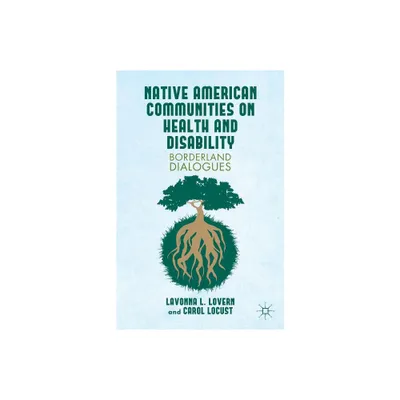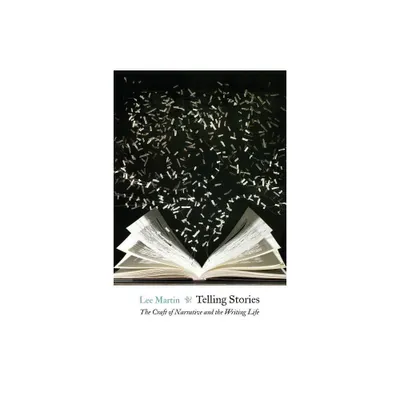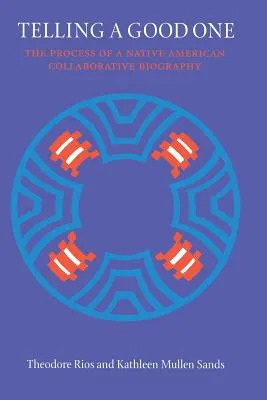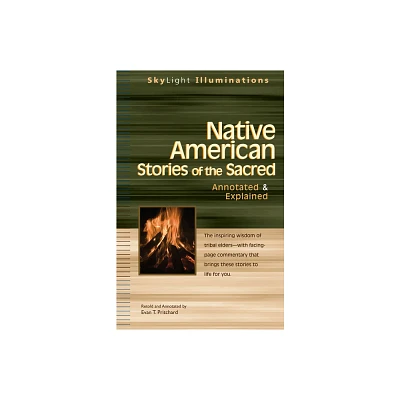Home
Telling Stories in the Face of Danger: Language Renewal in Native American Communities
Loading Inventory...
Barnes and Noble
Telling Stories in the Face of Danger: Language Renewal in Native American Communities
Current price: $24.95


Barnes and Noble
Telling Stories in the Face of Danger: Language Renewal in Native American Communities
Current price: $24.95
Loading Inventory...
Size: OS
*Product Information may vary - to confirm product availability, pricing, and additional information please contact Barnes and Noble
Stories are important in all human societies, and especially in those whose languages are threatened with extinction. “They aren’t just entertainment,” writes Laguna Pueblo novelist Leslie Marmon Silko in
Ceremony.
“They are all we have . . . to fight off illness and death. You don’t have anything if you don’t have the stories.” The contributors to this volume, all linguists and linguistic anthropologists concerned with the revitalization of indigenous languages, draw on that understanding as they explore Native American storytelling both as a response to and a symptom of language endangerment. Edited by Paul V. Kroskrity, the essays show how traditional stories, and their nontraditional written descendants, such as poetry and graphic novels, help to maintain Native cultures and languages. Highlighting language renewal programs,
Telling Stories in the Face of Danger
presents case studies from various North American communities that show tribal stories as vehicles of moral development, healing, and the construction of identity. For the Arizona Tewa, storytelling is tied to the growth and development of children, as well as to the cultivation of corn and other staples. In some Apachean and Pueblo groups, people are traditionally scolded with the rebuke: “Didn’t your grandmother ever teach you the stories?” Several essays presented here describe successful efforts to maintain, revitalize, and renew narrative traditions or to adapt them to new institutions, such as schools. Others consider less successful efforts, noting conflicts among older and younger tribal members or differences between academic and traditional language expertise or between insiders and outsiders. The contributors, some of whom are members of the communities they describe, also examine the use of narrative as an act of resistance.
bridges the gap between anthropology, linguistics, and Native American studies. It will engage readers in a crucial dialogue as it brings ethnographic research to bear on language endangerment.
Ceremony.
“They are all we have . . . to fight off illness and death. You don’t have anything if you don’t have the stories.” The contributors to this volume, all linguists and linguistic anthropologists concerned with the revitalization of indigenous languages, draw on that understanding as they explore Native American storytelling both as a response to and a symptom of language endangerment. Edited by Paul V. Kroskrity, the essays show how traditional stories, and their nontraditional written descendants, such as poetry and graphic novels, help to maintain Native cultures and languages. Highlighting language renewal programs,
Telling Stories in the Face of Danger
presents case studies from various North American communities that show tribal stories as vehicles of moral development, healing, and the construction of identity. For the Arizona Tewa, storytelling is tied to the growth and development of children, as well as to the cultivation of corn and other staples. In some Apachean and Pueblo groups, people are traditionally scolded with the rebuke: “Didn’t your grandmother ever teach you the stories?” Several essays presented here describe successful efforts to maintain, revitalize, and renew narrative traditions or to adapt them to new institutions, such as schools. Others consider less successful efforts, noting conflicts among older and younger tribal members or differences between academic and traditional language expertise or between insiders and outsiders. The contributors, some of whom are members of the communities they describe, also examine the use of narrative as an act of resistance.
bridges the gap between anthropology, linguistics, and Native American studies. It will engage readers in a crucial dialogue as it brings ethnographic research to bear on language endangerment.


















